Tag: clinical
-
Nasotracheal intubation in rabbits
—
by
Nasotracheal intubation can be used as an easy, less traumatic method of rabbit intubation when compared with orotracheal intubation. Nasotracheal intubation takes advantage of the fact the rabbit is an obligate nasal breather. Rabbits normally have their epiglottis entrapped on the dorsal surface of the soft palate, thus allowing direct passage of air from the…
-
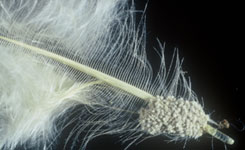
Chicken shaft lice
—
by
Several species of lice live on chickens and cement their eggs on the base of feather shafts. Identification of the species is based on examining an adult microscopically and the area of the chicken’s body they are found on. The eggs of Menopon gallinae, the chicken shaft louse, appear as clusters of tiny cream-coloured balls.…
-
Judging the severity of heart murmurs in cats
—
by
It is harder to correlate the grade of a heart murmur with the severity of the underlying heart problem in cats than it is in dogs. Some quite loud murmurs may occur with relatively small defects. It is sensible to assess the patient for clinical signs that would suggest an underlying problem (e.g. lethargy, abnormal breathing…
-

How to objectively assess dehydration
—
by
Four parameters can be measured to objectively assess dehydration. PCV and Total Protein should be interpreted together. An increase in both suggests fluid loss except that resulting from acute haemorrhage. Lactate. Hypoperfusion of tissue increases the concentration of lactate due to anaerobic metabolism of cells. A portable lactate meter quickly and cheaply measures blood lactate…
-
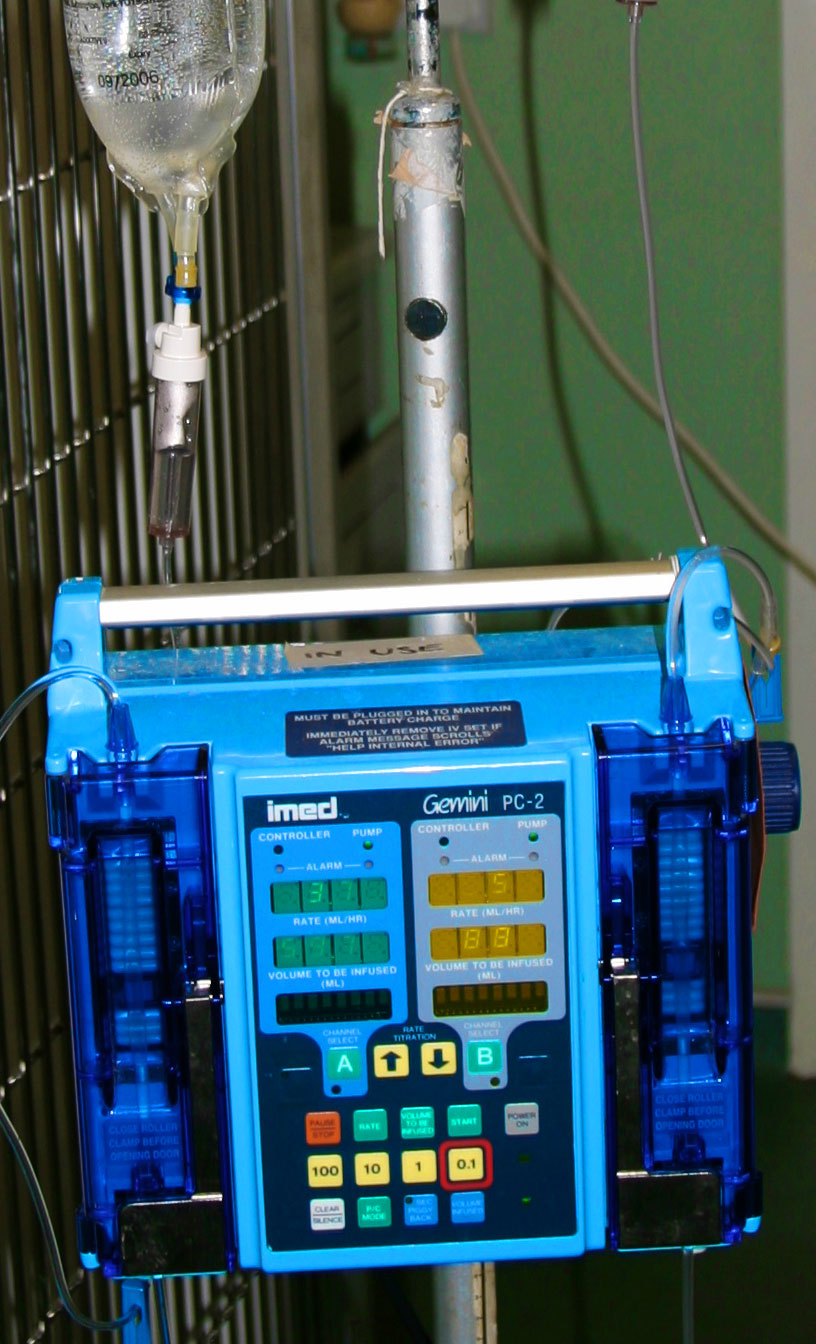
Fluid therapy: are fluids indicated?
—
by
Clinical examination for dehydration is one method used for assessing whether or not an animal needs fluid therapy. The skin tents at approximately 6% dehydration, and this is the sign most readily used by veterinary clinicians. But in addition, with progressive dehydration: the eyes may become sunken due to dehydration of the retrobulbar fat pad…
-
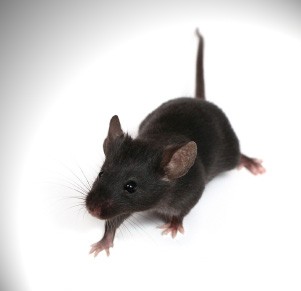
Tyzzer’s disease in rodents
—
by
Tyzzer’s disease is caused by Clostridium piliforme and can cause severe disease in many animal species. Transmission is mainly through the fecal-oral route. It is mostly seen in mice, but infected mice often do not exhibit clinical symptoms. Mice become carriers of the disease and spread the pathogen to other mice and other animal species.…
-
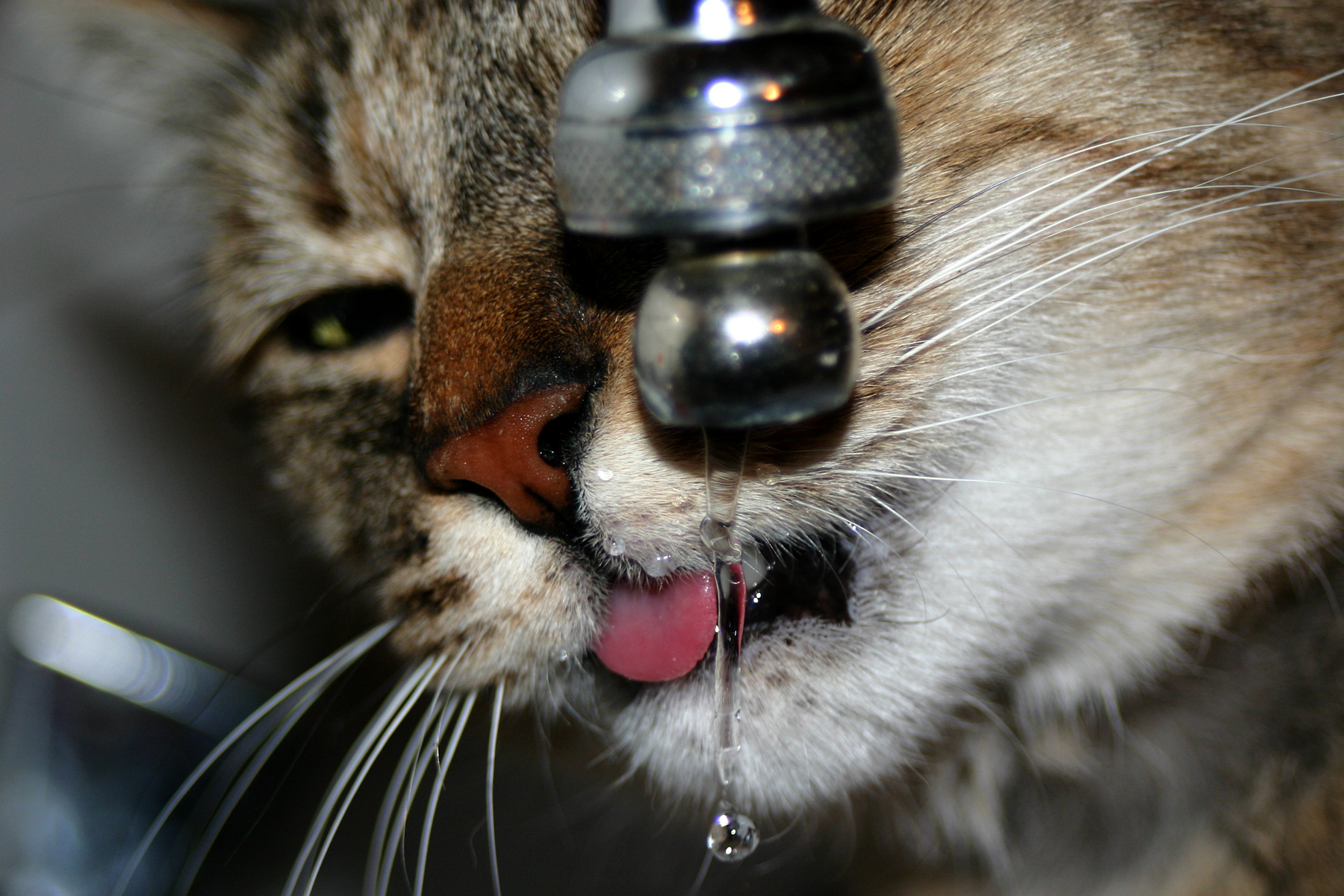
Phosphate levels in chronic kidney disease
—
by
The overall aim is to maintain the phosphate concentration in the lower end of normal range: <1.45mmol/l. IRIS (International Renal Interest Society) specify exact targets for each stage of CKD (two months post-start of treatment). CKD Stage 1: 0.81-1.20 CKD Stage 2: 0.81-1.45 CKD Stage 3: 0.81-1.61 CKD Stage 4: 0.81-1.94 For all cats with CKD,…
-
Hyperthyroidism and UTIs
—
by
Cats with hyperthyroidism are more vulnerable to bacterial UTIs. One study reported bacterial lower UTIs were diagnosed in 12% of hyperthyroid cats. Bacterial UTIs are clinically “silent” in a high proportion of older cats, with no haematuria, dysuria, or other signs to indicate their presence. Where possible, bacterial culture of cystocentesis-obtained urine samples (right) is recommended…
-
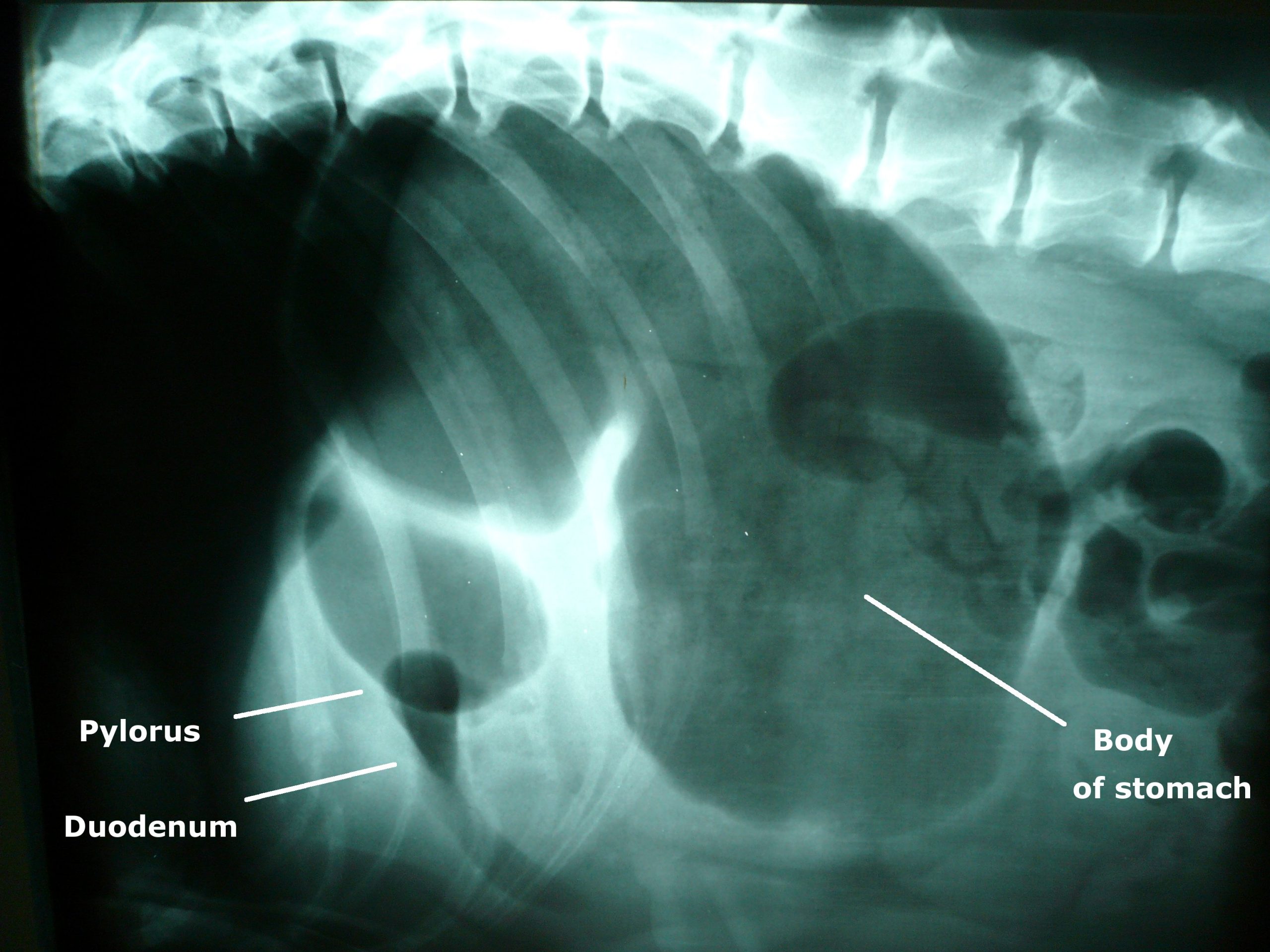
Presurgical treatment of acute gastric dilatation-volvulus
—
by
Resolution of the hypovolaemia is the primary concern. Two large bore catheters are placed in the cephalic veins. If the cephalic veins are not available, the jugular vein is used. Fluid resuscitation through the saphenous veins is unlikely to be successful because of the caudal vena caval obstruction. Either isotonic crystalloids (90ml/kg in the first…
-

Clinical signs of syringomyelia
—
by
Syringomyelia is a condition where fluid filled cavities develop within the spinal cord. It is sometimes known as “neck scratcher’s disease” because scratching in the air near the neck is a common sign. Owners often report their dog is worse at night, when first getting up, during hot or cold temperature extremes, when excited, or…